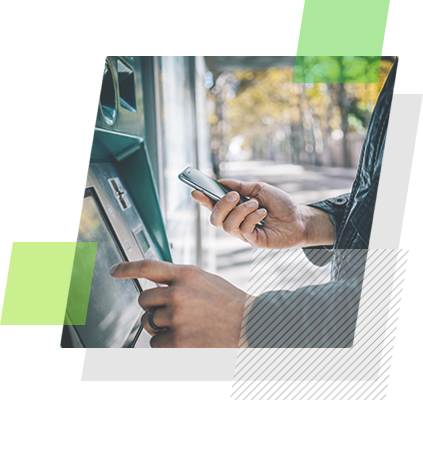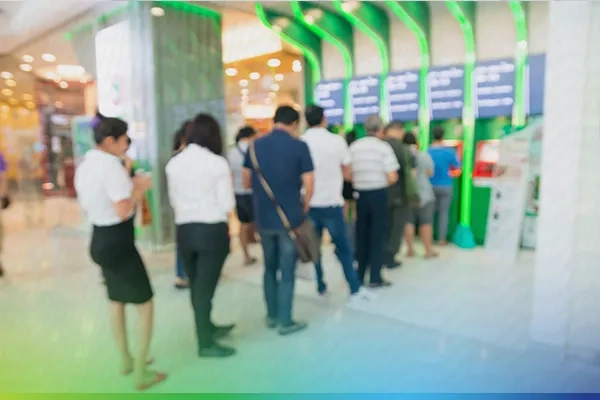Banking and the Internet of Things
The idea of the Internet of Things (IOT) is permeating the connected world. Banks and their systems are already connected, but they are not necessarily well-connected. Considering the level of innovation happening in every area of life, it is time for financial institutions to focus IOT and how to incorporate its capabilities into banking processes.
IOT Requirements
IOT’s primary need is to have a commonly-understood communication channel. Such a channel allows for multi-point access, where each access point may have different capabilities. Rather than a universally enforced API, it needs a collection of options, so that each interface point may use it differently, but all are commonly identified and understood.
Basic information that needs to be available consistently across platforms includes details such as account balances, deposit status of items, funds availability, and bill presentment dates. For example, if a customer deposits a check via a mobile app, then that deposit activity needs to be available not only on the mobile app, but also at the online banking interface, or at a branch kiosk.
Once the data hits a central platform, it should be immediately available for all other interface points to use. Today, however, while this does happen, it usually takes hours or even days for information to be reflected in other access layers. With connected systems, such information can be made available instantaneously.
Real Life Examples
Consider payment options that involve a consumer loading their card information onto a mobile phone, and then using NFC (e.g., Android Pay, ApplePay, Samsung Pay) to make payments without needing the physical card. The mobile phone app clearly identifies the user through multi-factor authentication before allowing account access. So why not use the phone’s authentication instead of a card to identify the customer at an ATM, a kiosk, or even the teller window?
Some banks are already experimenting with using phones this way, even adding personal identification factorials like biometrics.
Going a step further, if a consumer intends to use the ATM, only to withdraw money, why even have an ATM? An “interface-less” cash recycler with a built in near-field sensor could perform the operation entirely from the mobile phone, dramatically cutting the transaction time. The cash recycler only needs to know that it dispensed X amount of cash from account Y and to user Z. A mix of cash recyclers and regular kiosks/ATMs (if not all users have mobile phones) can be installed, at popular tourist spots where multiples are needed.
In the above examples, banking service channels that are now typically disjointed (i.e., mobile and ATM banking) can begin to collaborate toward the same goals of better customer experience and more efficient use of resources.
When two disjointed devices begin communicating with each other, they create a realistic IOT experience.
How Does IOT Benefit FIs?
These may all look like incremental offerings, but in each case, they vastly replace redundant hardware at multiple locations with more appropriate, lower-cost equipment. Institutions can also achieve enterprise-wide operational efficiencies and cost savings when common communication protocols are incorporated across platforms to exchange data of value. The common platform need not be everything for everybody, but rather be something that everybody needs.
With transactions centered on the mobile phone, the consumer’s options become simpler and more streamlined. They don’t need to navigate different user interfaces at different points of interaction points, and can become comfortable with one app that does multiple tasks. The banking IOT infrastructure enables seamless communication between interface points to make end-user life easy.








